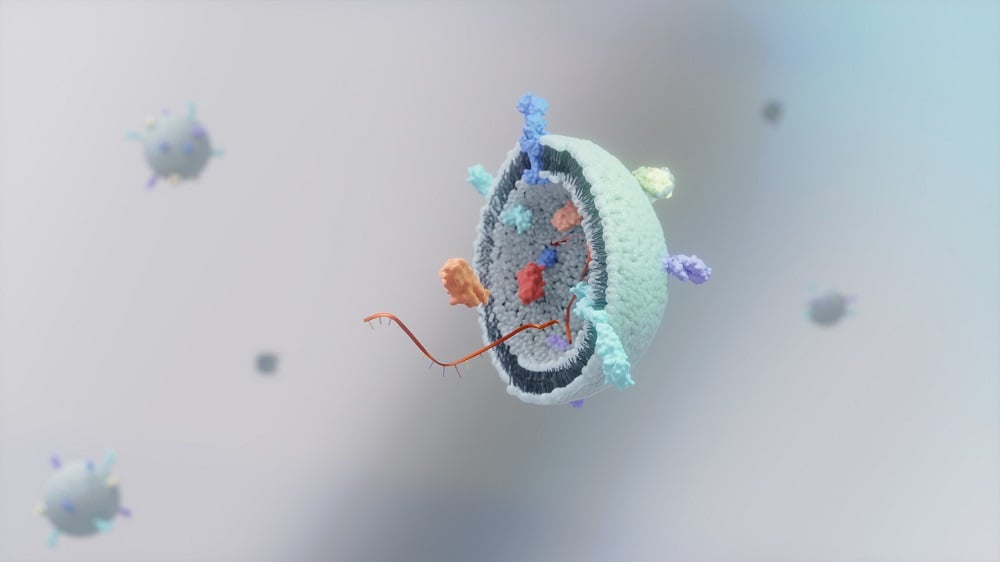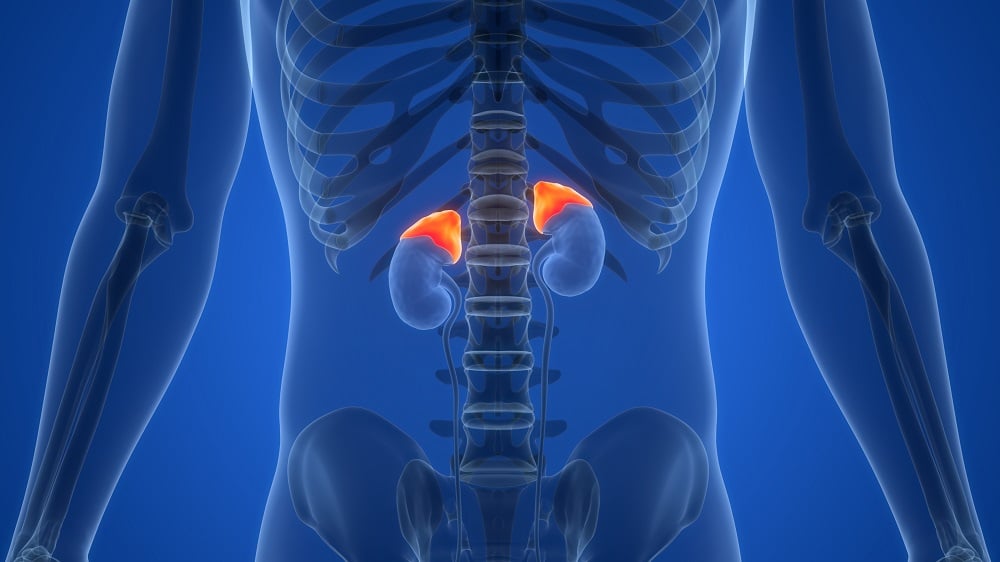Recent research from the RIKEN Center for Emergent Matter Science has made significant strides in understanding and controlling self-assembly processes that mimic those found in nature. By applying a magnetic field to rod-shaped viruses, scientists have successfully demonstrated the ability to induce the formation of disks with tunable shapes and sizes. This pioneering study was published in Nature Communications in 2024.
The Concept of Self-Assembly
Self-assembly is a process where components spontaneously organize into structured arrangements without external guidance. In the context of biological systems, this phenomenon is crucial for creating complex structures from simpler building blocks. For instance, viruses naturally arrange their protein coats (capsids) into geometric shapes, while synthetic systems often lack precise control over size and morphology.
Research Overview
The research team, led by Yasuhiro Ishida, sought to explore how external factors, such as magnetic fields, could enhance the control of self-assembly in artificial systems. Ishida explains, “Due to the lack of control in artificial self-assembly processes, the final structure often exhibits a broad size and shape distribution.” The goal was to determine how nature manages to regulate structure size more effectively in biological contexts.
Mechanisms of Control
The primary focus of the study was on the chirality of the rod-shaped viruses. Chirality refers to the property of a structure that makes it non-superimposable on its mirror image, leading to specific packing preferences among components. The research noted that:
- In the absence of a magnetic field, the viruses tend to accumulate a twist during self-assembly, which limits their growth to a certain diameter.
- When a magnetic field is applied, the amount of twisting between the viruses is reduced, allowing larger disk formations to take place.
Experimental Findings
The team discovered that varying the intensity of the magnetic field directly impacted the size of the disks formed. This adaptability surpasses natural systems, which typically grow to a fixed size terminally.
| Magnetic Field Intensity | Disk Size | Formation Characteristics |
|---|---|---|
| Low | Small Disks | Highly twisted structure |
| Medium | Medium Disks | Moderately twisted structure |
| High | Large Disks | Minimally twisted structure |
One of the surprising outcomes noted by the researchers was the behavior of the disks when the magnetic field was turned off. The disks began to unravel and form intricate corkscrew-like structures, demonstrating a dynamic interaction between the viruses and the magnetic environment. Ishida remarked, “It was truly mesmerizing to observe the disassembly process through our experiments.”
Potential Applications
This breakthrough in controlling self-assembly through external magnetic fields opens up exciting possibilities for various applications, particularly in fields such as:
- Nanotechnology: Creating precise nanoscale components for technological applications.
- Biomedical Engineering: Potential uses in delivering therapies or performing microsurgery within the body.
Conclusion
Overall, this research represents a significant advancement in the field of material science and self-assembly. By harnessing the principles of chirality and magnetic fields, scientists are one step closer to designing synthetic systems that can mimic and potentially exceed the capabilities of natural processes. Ishida's team aims to further develop these systems for innovative applications in the biomedical sector.
References
Wang, S., et al. (2024). Stimuli-responsive self-regulating assembly of chiral colloids for robust size and shape control. Nature Communications. DOI: 10.1038/s41467-024-54217-x
For further information, please refer to the publication in Nature Communications and the associated discussion on [Science X](https://phys.org/news/2025-03-magnetic-field-rod-viruses-disks.html).
This document is subject to copyright. For any reproduction, please obtain written permission.













Discussion